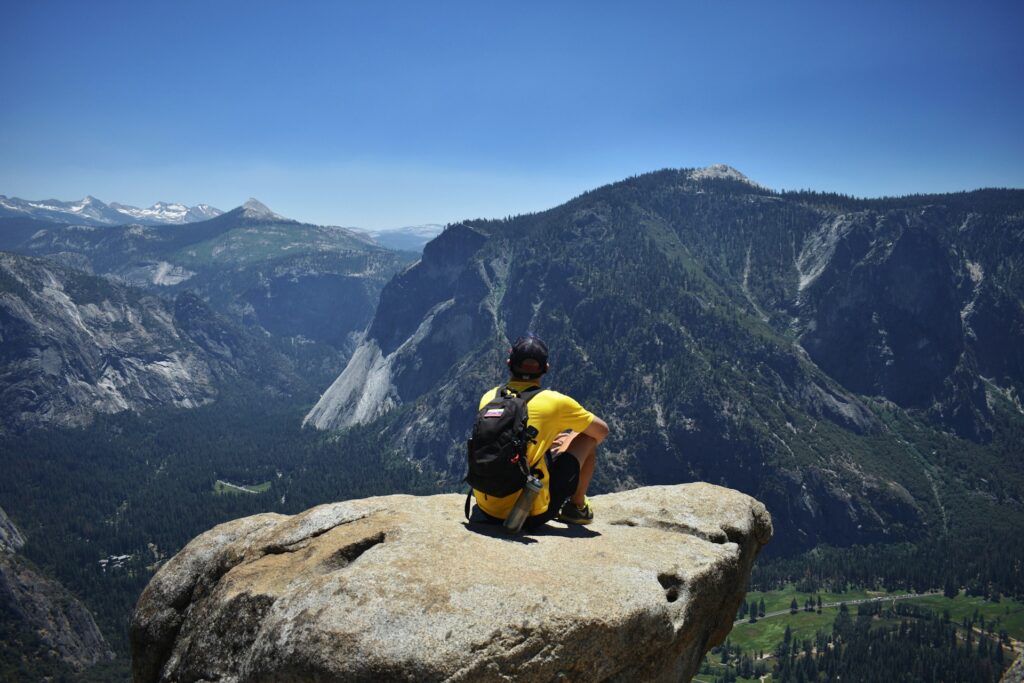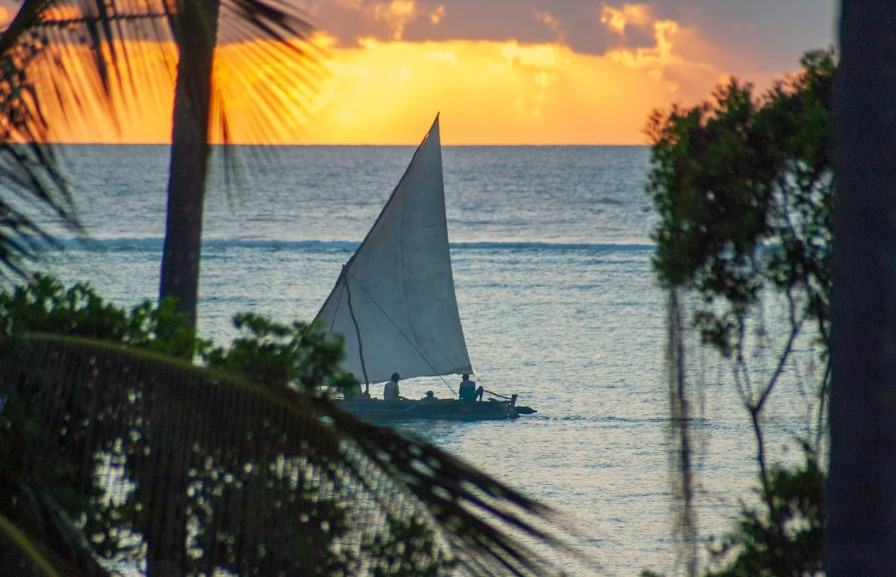Travelers from around the world dream of standing in awe at the Lost City of the Incas, Machu Picchu. But what many don’t realize until they arrive is that the breathtaking beauty of the Andes comes with its own challenge: altitude sickness.
Unlike other travel concerns you can plan around, altitude sickness doesn’t discriminate. It can affect seasoned hikers, casual tourists, and even the fittest athletes. The reason? Rapid changes in elevation put unique stress on your body, and places like Machu Picchu (7,972 feet) and nearby Cusco (11,152 feet) sit well above the threshold where symptoms often begin.
From headaches and nausea to more serious complications, altitude sickness can quickly turn a bucket-list trip into a miserable, and potentially dangerous, experience. That’s why it’s so important to prepare before you go.
1. Know The Difference Between Regular Fatigue and Altitude Sickness
The vast majority of fatigue you experience is normal when climbing Machu Picchu. There’s no way to avoid the stress and work on your muscles.
However, altitude sickness – also known as acute mountain sickness (AMS) – occurs when you ascend to high elevations (and often too quickly). Your body struggles to adjust to the lower oxygen levels.
Signs include:
- Headache: One of the first signs of altitude sickness.
- Nausea and vomiting: A common symptom when AMS kicks in.
- Dizziness: You may feel lightheaded or unsteady.
- Fatigue while resting: Simple tasks can make you feel unusually tired.
- Shortness of breath while resting: You might find it hard to catch your breath, even at rest.
Before your trip, prepping to avoid these symptoms should be a top priority, as it can be difficult to manage during ascension.
2. Prepare for Acclimatization
Acclimatization is the process of allowing your body to adjust to high altitudes. The key is to ascend slowly.
Planning your trip to allow for a gradual ascent can help:
- Spend a few days in a lower-altitude area of Peru before heading to Machu Picchu or Cusco.
- Include rest days in your itinerary to give your body time to adjust.
- Hydration is also crucial when dealing with altitude. Aim to drink 2-3 liters of water daily, starting a few days before you ascend.
- Limit alcohol and caffeine as they can dehydrate you.
Eating the right foods can help your body adjust as well. A high-carb diet provides easy energy for your body to use. Eating smaller, more frequent meals helps keep your energy levels stable and aids digestion.
3. Consult a Doctor for Altitude Sickness Medication
For many travelers, doctors will highly recommend medication before departing, to prevent and reduce symptoms of altitude sickness (or simply have it on hand, just in case).
Diamox (Acetazolamide) helps your body adjust to high altitudes – a common physician favorite.
For most people, it’s generally recommended to start dosing 24-48 hours before your ascent and continue for a few days after reaching your highest point. Always check with your healthcare provider before taking any medication.
4. Know How to Identify and Respond to Symptoms
Being able to identify symptoms early can make a big difference.
If you or someone with you starts showing signs of altitude sickness, take action immediately.
The best remedy is to descend to a lower elevation. Avoid physical activity and rest as much as possible. Drink plenty of fluids and take any prescribed medications. Severe symptoms require immediate medical attention. If symptoms persist or worsen, seek medical help right away.
If your doctor has prescribed preventive or treatment medications, take them as directed. These may help ease symptoms or prevent them from escalating. However, if symptoms become severe, such as confusion, difficulty walking, shortness of breath at rest, or persistent vomiting, this is a medical emergency and requires immediate professional care.
When in doubt, don’t push through altitude sickness. Acting quickly keeps you safe and ensures you can continue your journey with confidence.
5. Create a Gradual Acclimatization Schedule
A well-planned itinerary can help you acclimate properly. Spend a few days in Cusco before heading to Machu Picchu. If you’re hiking, such as on the Inca Trail, plan for gradual increases in altitude.
Incorporate rest days into your travel plans to monitor your health. Keep an eye on how you’re feeling throughout your trip. Take a moment each day to assess how you feel. Let your travel companions know if you’re feeling off.
6. Adjust Your Exercise Routine
Your exercise routine needs to be adjusted for high altitudes. Start with light activities such as walking or gentle hiking. If you feel short of breath or unusually tired, take a break. Gradually increase the intensity and duration of your activities as you acclimate. Move at a steady, comfortable pace and listen to your body.
7. Pack the Essentials
Packing the right gear can make a big difference in how well you cope with altitude:
- Bring a durable water bottle to stay hydrated.
- The air at high altitudes can be dry, so pack moisturizer and lip balm to keep your skin and lips hydrated.
- Weather can change rapidly, so pack layered clothing to adjust to varying temperatures.
- Include basic supplies in a first-aid kit, along with any personal medications.
- High-energy, nutritious snacks can help maintain your energy levels while you acclimate.
8. Listen to Local Advice
Locals have been living at high altitudes for generations. Their advice can be invaluable. Coca leaves and tea are often used by locals for relief.
Notice how locals move more slowly? It helps with breathing and conserving energy. Consider hiring a local guide. They can offer tips and tricks to help you manage the altitude and assist if you start feeling sick. They also have plans in place for emergencies, which can be reassuring.
9. Emergency Plans
In case of severe altitude sickness, you need to know what to do. A few things to keep in mind:
- Keep the contact information for local medical facilities handy.
- Be aware of the signs of severe altitude sickness, such as confusion, inability to walk straight, shortness of breath at rest, and coughing up froth.
- If symptoms are severe, descend to a lower altitude as quickly and safely as possible.
- Familiarize yourself with the nearest medical facilities. Know where the nearest hospital or clinic is located and how to contact local emergency services.
Machu Picchu is one of the most incredible places on Earth. Take the time to enjoy it. Don’t rush through your visit.
If needed, move slowly – so you can enjoy the experience. Capture the moments, take photos, journal your experiences, and make memories.
Remember, you’re visiting a place with deep historical and cultural significance (more from the UNESCO World Heritage Convention). Follow all guidelines to help preserve this wonder and take time to reflect on your journey and what you’ve learned.
FAQs
1) How long does it take for altitude sickness symptoms to appear?
Symptoms of altitude sickness can appear within 6 to 24 hours of arriving at a high altitude. However, they can also develop gradually over several days, depending on how quickly you ascend and how well you acclimate.
2) Can I take Diamox as a preventive measure even if I’ve never experienced it before?
Yes, you can take preventive medication like Diamox if you’re concerned about altitude sickness, even if you’ve never had it before (start here). However, it’s crucial to consult with your healthcare provider to ensure it’s safe for you.
3) Is it safe to drink the tap water in Cusco and Machu Picchu?
It’s generally not recommended to drink tap water in Cusco and Machu Picchu. Stick to bottled or purified water to avoid gastrointestinal issues that can exacerbate the effects of altitude sickness.
4) Can I bring my own oxygen canister to Machu Picchu?
Yes, you can bring a small portable oxygen canister with you. These can be purchased at pharmacies in Cusco or even online before your trip. They can provide quick relief if you experience severe symptoms.
5) Are there any local foods or drinks that can help with altitude sickness?
Besides coca leaves and coca tea, local foods rich in carbohydrates, such as potatoes and quinoa, can help provide energy and aid in acclimatization. Staying hydrated with herbal teas and water is also beneficial.
6) How can I reduce my risk of altitude sickness before my trip?
Gradual acclimatization is key. If possible, spend a few days at an intermediate altitude before heading higher. Staying well-hydrated, avoiding alcohol, and getting adequate rest can also help your body adjust more smoothly.
7) Can children get altitude sickness?
Yes. Altitude sickness can affect travelers of any age, including children. Parents should monitor kids closely for symptoms like irritability, loss of appetite, or unusual fatigue.
8) What’s the difference between mild altitude sickness and a serious condition?
Mild symptoms include things such as headache, nausea, and fatigue. They often improve with rest, hydration, and gradual acclimatization. Severe altitude illnesses, like High Altitude Pulmonary Edema (HAPE) or High Altitude Cerebral Edema (HACE), involve life-threatening symptoms such as confusion, shortness of breath at rest, or difficulty walking, and require immediate descent and urgent medical attention.
Last Word: Prepping for Elevation Sickness Before Ascending Machu Picchu
Surviving altitude sickness on Machu Picchu requires preparation and awareness.
By understanding the symptoms, preparing for acclimatization, and knowing how to respond to issues, you can ensure a safe and enjoyable trip. Follow this guide, and you’ll be well-equipped to handle the challenges of high altitude. Enjoy your adventure at one of the world’s most awe-inspiring sites!
Whether it’s having Diamox on hand, staying hydrated, eating a nutritious diet 1-3 days before ascension, or listening to local advice – these tips will help you have a safe and memorable experience. So, are you ready for the adventure of a lifetime? Let’s go!

